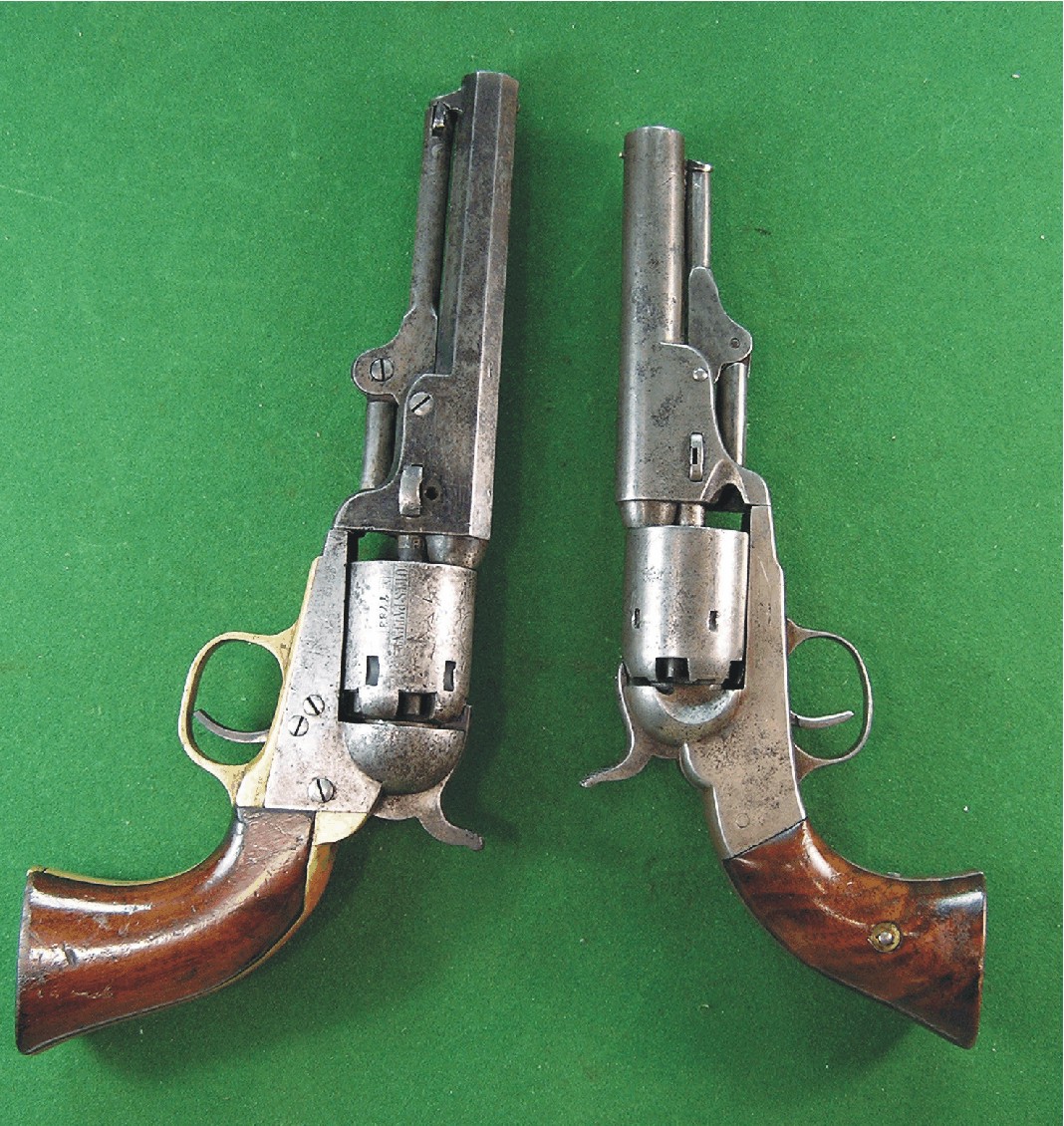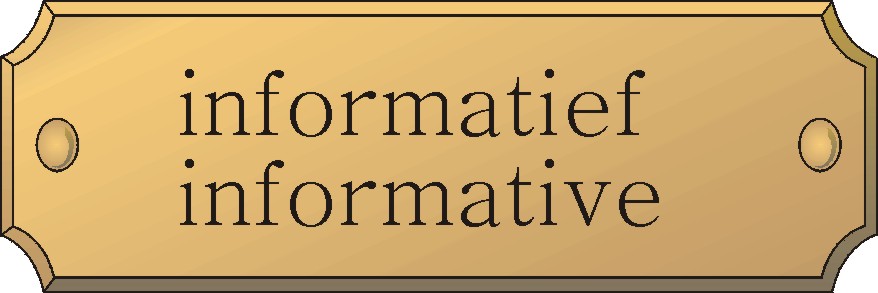Samuel Coltperfected the mass production of firearms. An honour he have to share with Eli
Whitney. The French never really
succeded in their efforts to produce standarised ( military) weapons in large
numbers. But both Colt and Whitney
realised themselves that parts which would
interchange from gun to gun with
minimal or none handwork will make it
possible to produce these guns in large numbers.
Samuel Colt
was born in 1814 and start making fire
arms in Hartford and Baltimore from 1832 til 1835. Most of them were long arms.
This encouraged hem to seek the
English patent 6909 granted in
1835 ( Collier) and the US patent
136 of 1836 Each claiming the connection of the hammer to the cylinder
rotating pawl. These patents made it possible for Colt to start the
making of his own revolving handgun.
A factory
was founded in Paterson, New Jersey .
But it had to be closed in 1842
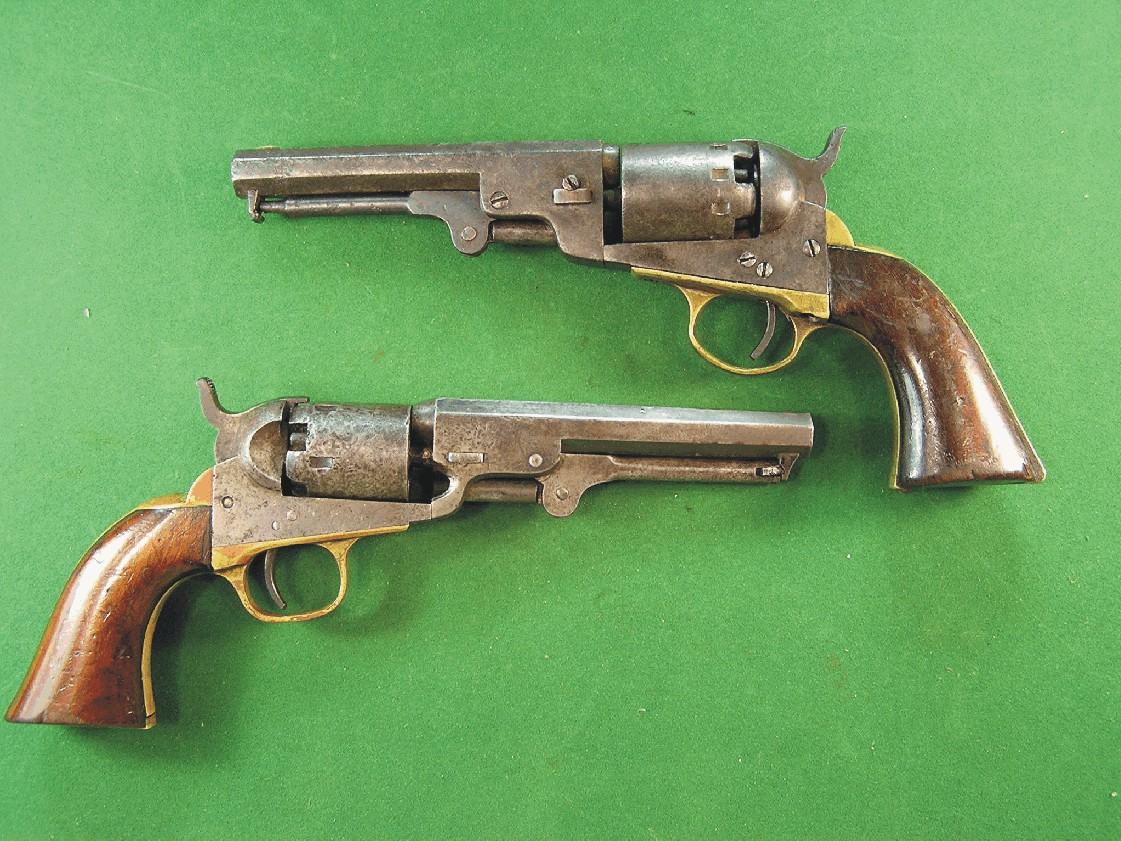
The result
was a 1000 gun contract for the
government in january 1847
Colt went
into business and started a new factory
in Hartford Connecticut in 1848.
The Baby
Dragoon was replaced by the Colt
Pocket, (A) the model 1849.
Samuel Colt
died in 1862 unexpected at the age of
48 years
But as with
all things that are a commercial success other producers of fire arms started
to make their own copy of the Colt 1849.
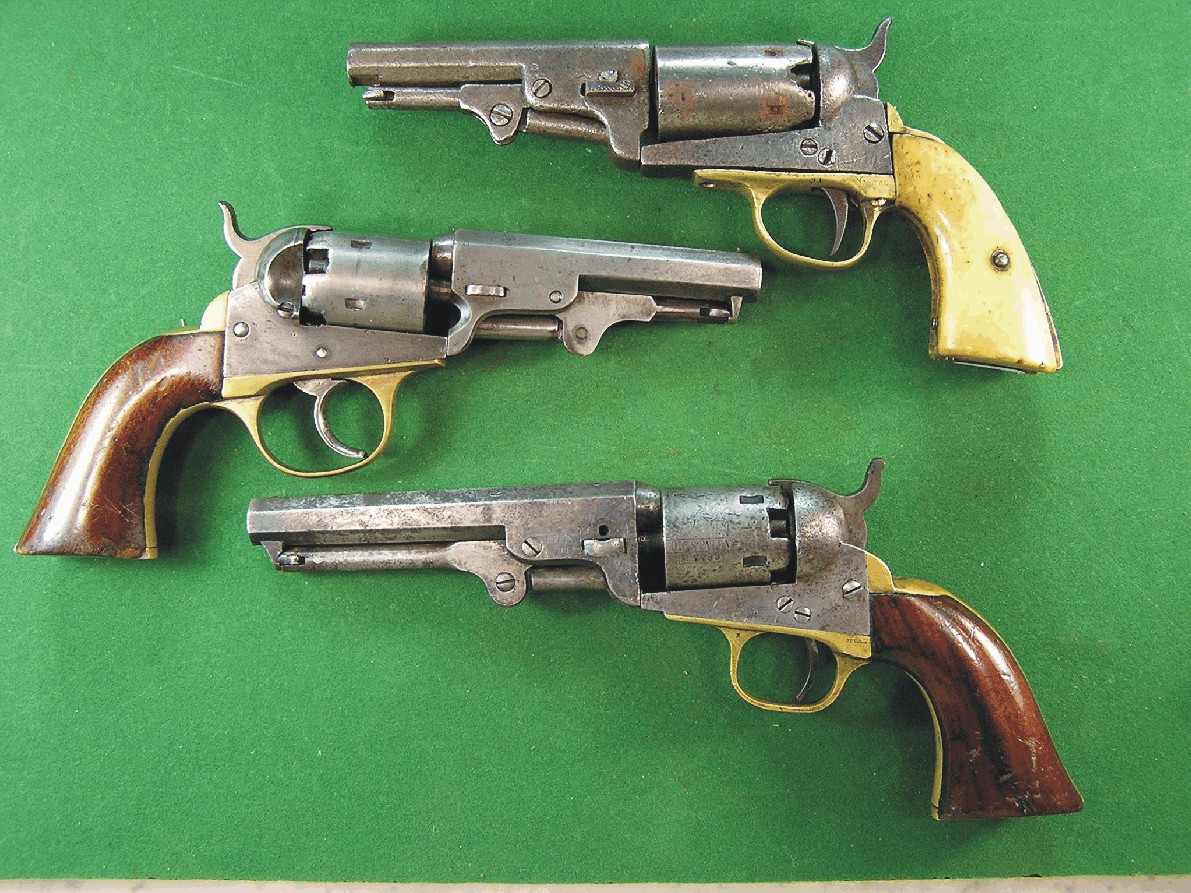
A few of
those copyists are:
(B) Manhattan
Firearms Company from Newark, New Jersey. They added there own patent to their Colt
copy. That one include the safety notches on the cylinder ( between the
cylinder stop notches there are notches to set the cylinder on, so the hammer
is not resting on a cap).
(C)
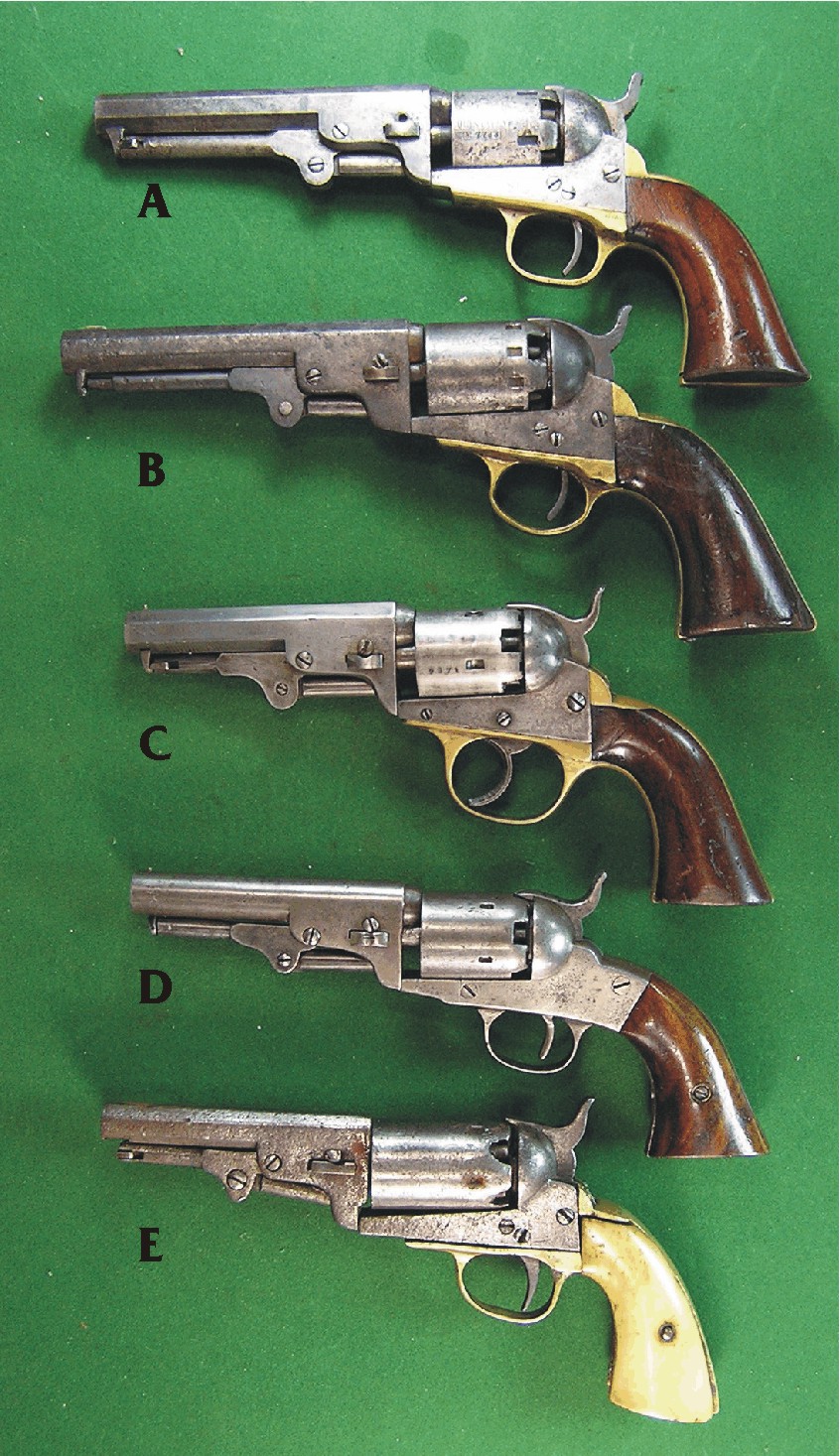
Others
were:
Nepperhan
Fire Arms Company of Yonkers, New York.
are among
other Colt Copyist.
About 1900
in Belgium some manufacturers started to make Colt Copy's. On the barrel there
was most of the cases a misleading text that suggested it was made by the
system of Colt.
The Guns
that won the west by John Walter Greenhill Books London
The
Peacemakers by R.L. Wilson Chartwell books inc.
